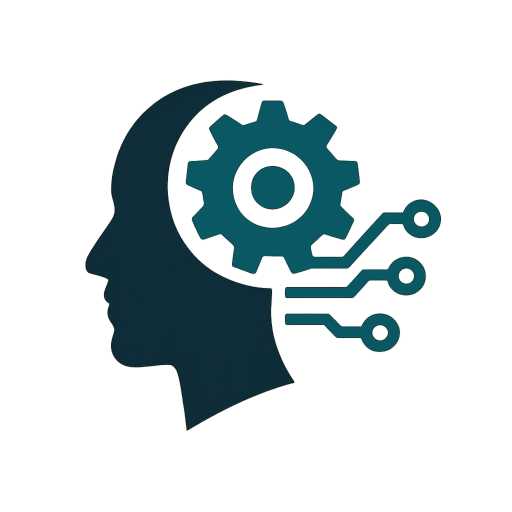By the early 20th century, the dream of mechanical computation was still mostly blueprint and speculation. Babbage’s engines had never been completed, and Ada Lovelace’s insights lingered as theory. But mathematics and logic were advancing in ways that would soon make those ideas inevitable. At the center of this transformation stood Alan Turing, a young British mathematician whose work forever changed how we understand machines, logic, and even intelligence itself.
The Problem of Mechanical Thought
In the early 1900s, mathematicians were wrestling with a profound question: What are the limits of computation?
- Hilbert’s Challenge (1900): German mathematician David Hilbert asked whether all mathematical truths could be proven through a formal system — a universal “mechanical procedure” for logic.
- Gödel’s Incompleteness Theorems (1931): Kurt Gödel shattered that dream, proving that any sufficiently complex logical system would contain true statements that could not be proven within the system.
The dream of complete mechanization of thought looked uncertain. Into this debate stepped Alan Turing.
The Universal Machine
In 1936, Turing published On Computable Numbers, a paper that defined what is now called the Turing Machine.
- The Idea: Turing imagined a simple device — an infinite tape, a read/write head, and a finite set of instructions. This hypothetical machine could carry out any step-by-step procedure we might describe.
- The Leap: With this model, Turing proved that a single general-purpose machine could, in theory, perform any computation.
This abstraction laid the foundation for modern computers: one adaptable machine, capable of being programmed for countless tasks.
War and the Mechanization of Reasoning
Theory met necessity during World War II. Britain faced the daunting challenge of breaking encrypted German communications. The Enigma machine scrambled messages in billions of possible ways, making manual codebreaking impossibly slow.
- Turing at Bletchley Park: Turing became central to Britain’s codebreaking efforts. He designed the Bombe, an electromechanical device that could automate the laborious process of testing possible Enigma settings.
- Impact: The Bombe did not “think” like a human, but it mechanized logical checks at a scale and speed that no human team could match. This amplification of human reasoning gave Allied cryptanalysts the edge they needed. Historians estimate it shortened the war in Europe by at least two years.
Here, computation revealed its practical power: machines could extend human capability into realms where speed and scale were decisive.
The Turing Test: Can Machines Think?
After the war, Turing turned to the question that had haunted him since his student days: Could machines ever truly think?
In his 1950 paper Computing Machinery and Intelligence, he reframed the issue. Instead of debating definitions, he proposed an experiment: if a machine could carry on a text-based conversation indistinguishable from a human, then, for all practical purposes, it could be said to “think.”
This proposal — later called the Turing Test — shifted the conversation from philosophy to practice. Intelligence would not be defined in the abstract, but tested in interaction.
A Tragic Legacy
Despite his brilliance, Turing’s life ended in tragedy. In 1952, he was prosecuted under British laws criminalizing homosexuality. Subjected to chemical treatment and social isolation, he died in 1954 under disputed circumstances. Only decades later did he receive recognition as one of Britain’s greatest minds.
His ideas, however, endured. The universal machine, wartime codebreaking, and the Turing Test remain pillars of computer science and artificial intelligence.
The Turning Point
By the mid-20th century, humanity had crossed a threshold. With Turing’s vision, computation was no longer an abstract possibility — it was a working reality. Machines could now execute formal logic, automate reasoning, and, at least in theory, converse with us.
Conclusion: From Thought to Program
Part 3 marks the decisive moment when the dream of mechanized reasoning became both mathematically grounded and practically demonstrated. With Turing, the question was no longer if machines could compute, but how far that computation might go.
In Part 4: From Early AI Hopes to Harsh AI Winters, we will move into the post-war era, where optimism about artificial intelligence soared — only to meet the sobering limits of the technology available at the time.
